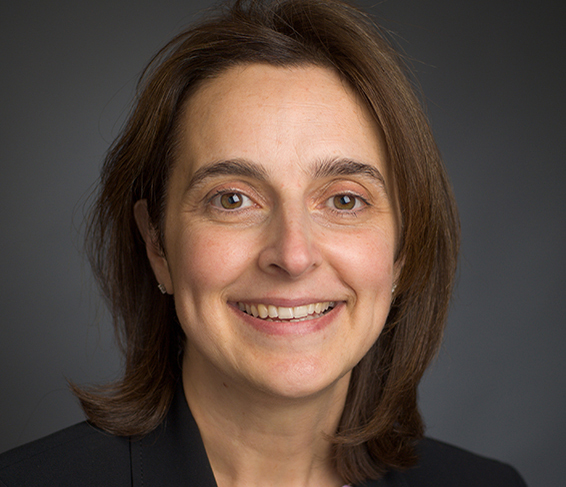One of the rarest of rare cancers, cardiac angiosarcoma is a tumor of the heart that has gained some notoriety because it caused the death of fashion designer Virgil Abloh in 2021 at the age of only 41. Abloh, the artistic director of Louis Vuitton menswear and the founder of his own brand, Off-White, lived two years after his diagnosis in 2019, but never discussed it publicly.
Tumors known as angiosarcomas, which develop from abnormal cells in the lining of the blood or lymphatic vessels, are diagnosed in about one in 1 million people in the United States each year. Those that affect the heart — cardiac angiosarcomas — are even rarer. They are termed primary cardiac angiosarcomas if they originate in the heart, or secondary if they have spread to the heart from cancer elsewhere in the body. Their cause isn’t known; most arise spontaneously, and only about 5 to 10% are associated with a family history of cancer. Angiosarcomas are fast-growing and tend to spread before the individual has symptoms that lead to a diagnosis.
“These tumors are rare, but we may see a couple every couple of years,” says Suzanne George, MD, director of clinical research in Dana-Farber’s Sarcoma Center. “We are also likely joining an international collaborative research group that will be focused on cardiac tumors. Including sarcomas.”
What are the symptoms of cardiac angiosarcomas?
Symptoms depend on where in the heart the tumor is located. Most often they occur in the right upper chamber of the heart and block blood flow in and out of the heart. This can cause:
- chest pain
- swelling of the legs or abdomen
- fatigue
- shortness of breath
Because these symptoms can occur in a number of more common conditions, doctors would be less likely to suspect an angiosarcoma until other causes are ruled out.
How is cardiac angiosarcoma diagnosed?
A diagnosis is likely to be made by means of imaging tests such as:
- echocardiograms
- electrocardiograms
- CT and MRI scans
- a biopsy of a small piece of the tumor, which is the most definitive test.
How is cardiac angiosarcoma treated?
Because these tumors are so aggressive and typically are diagnosed after they have deeply invaded the heart structure or spread to other parts of the body, they are difficult to treat.
If they are discovered early enough, cardiac angiosarcomas can sometimes be removed by surgery, which gives the patient the best chance of long survival. If the cancer has spread to other parts of the body by the time it is detected, patients are likely to receive chemotherapy or radiation aimed at prolonging survival or improving quality of life.
In announcing Abloh’s death, his family said that he underwent “numerous challenging treatments” but did not describe them. Despite these challenges and the grim outlook, he faced them privately and continued to exert his offbeat and barrier-breaking influence on fashion and culture until the end.
About the Medical Reviewer

Dr. George's areas of expertise include soft tissue sarcoma, bone sarcomas, and gastrointestinal stromal tumor (GIST).
